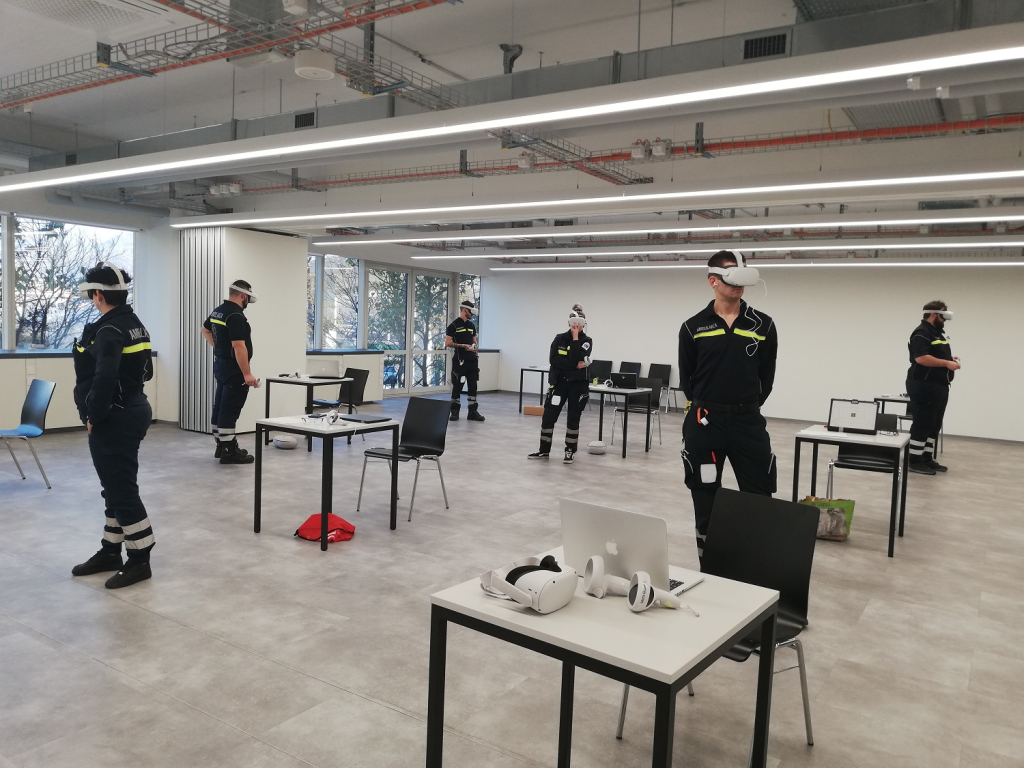New study: Mastering difficult professional situations with 360° videos
Learning to manage stress in work contexts is essential for novices, who may experience high levels of stress in new working situations. The objective of this study is to investigate psycho-physiological stress-related changes (e.g. heart rate and cortisol levels) and brain correlates (using electroencephalogram) related to the use of Virtual Reality and 360° video in vocational training.
Educational technologies could be an added value to include simulations of professional situations during school classes, allowing students to get closer to real-work scenarios. Virtual simulations could be developed using technologies such as Virtual Reality (VR) and 360° video. The advantages of using these technologies in education include the possibility to experience scenarios that can only be carried out a few times in real practice, even dangerous ones (as emergency rescues), and the reproducibility of the virtual experience as many times as needed. Using 360° video, real-world environments can be recorded and viewed through a head-mounted display (HMD) to provide an immersive VR (IVR) experience (Kavanagh et al., 2016). Realistic stress scenarios can be developed using 360° video in IVR modality to help students to handle emotionally challenging situations.
